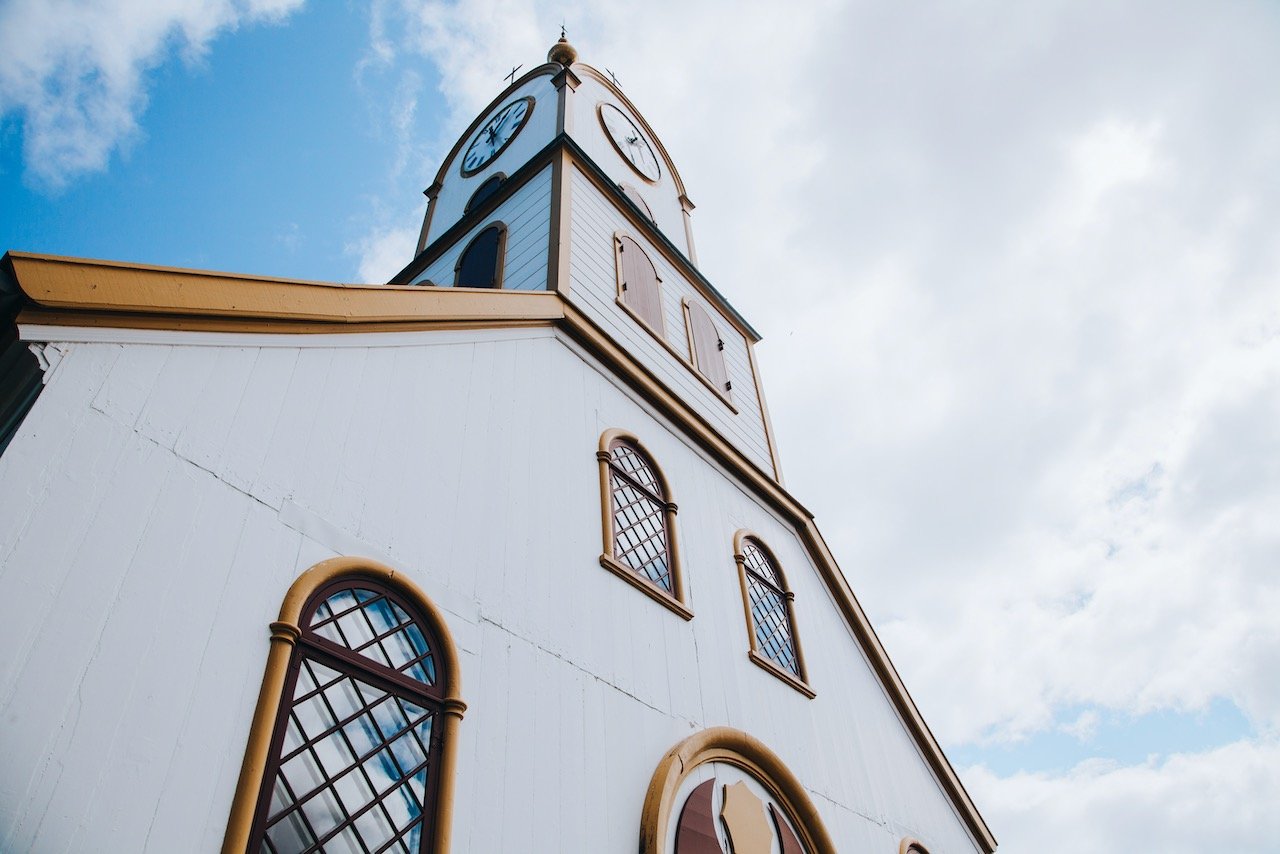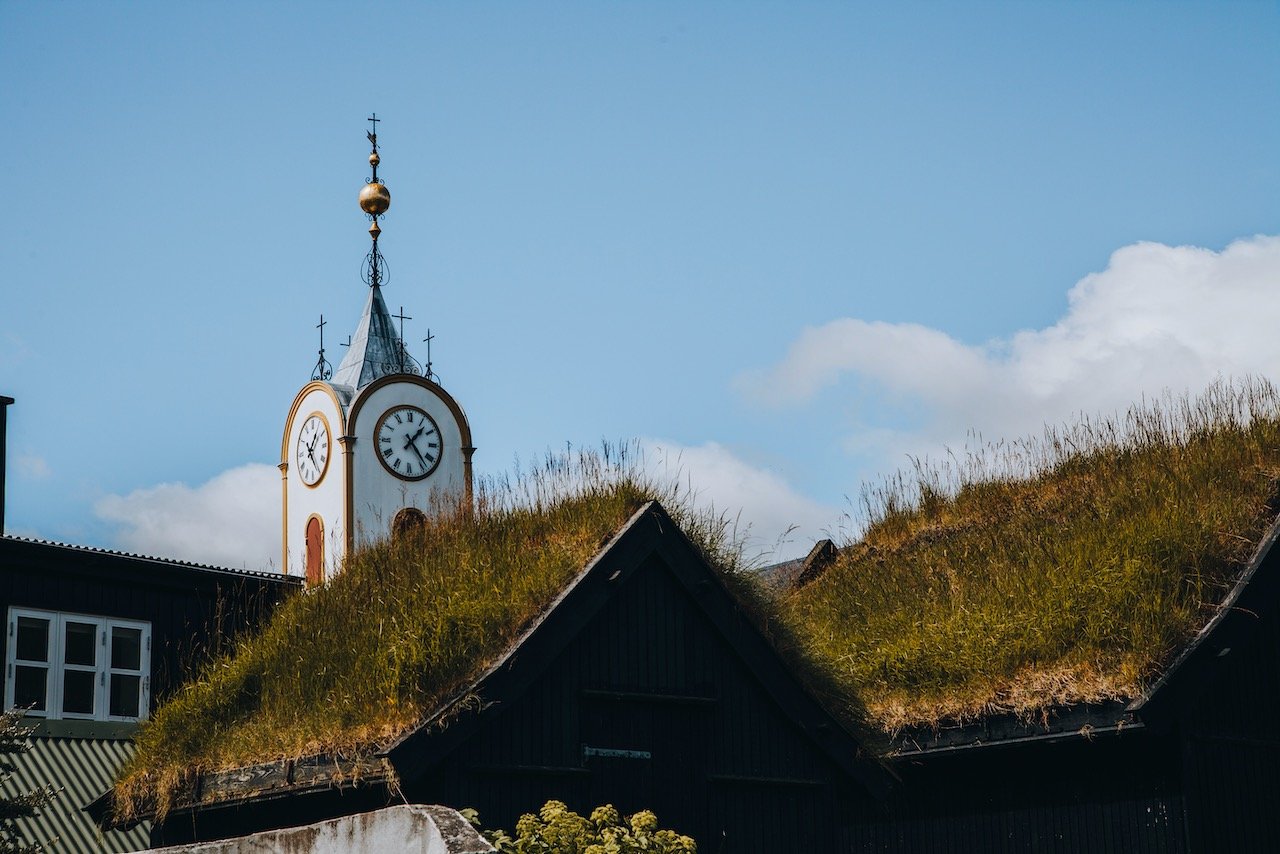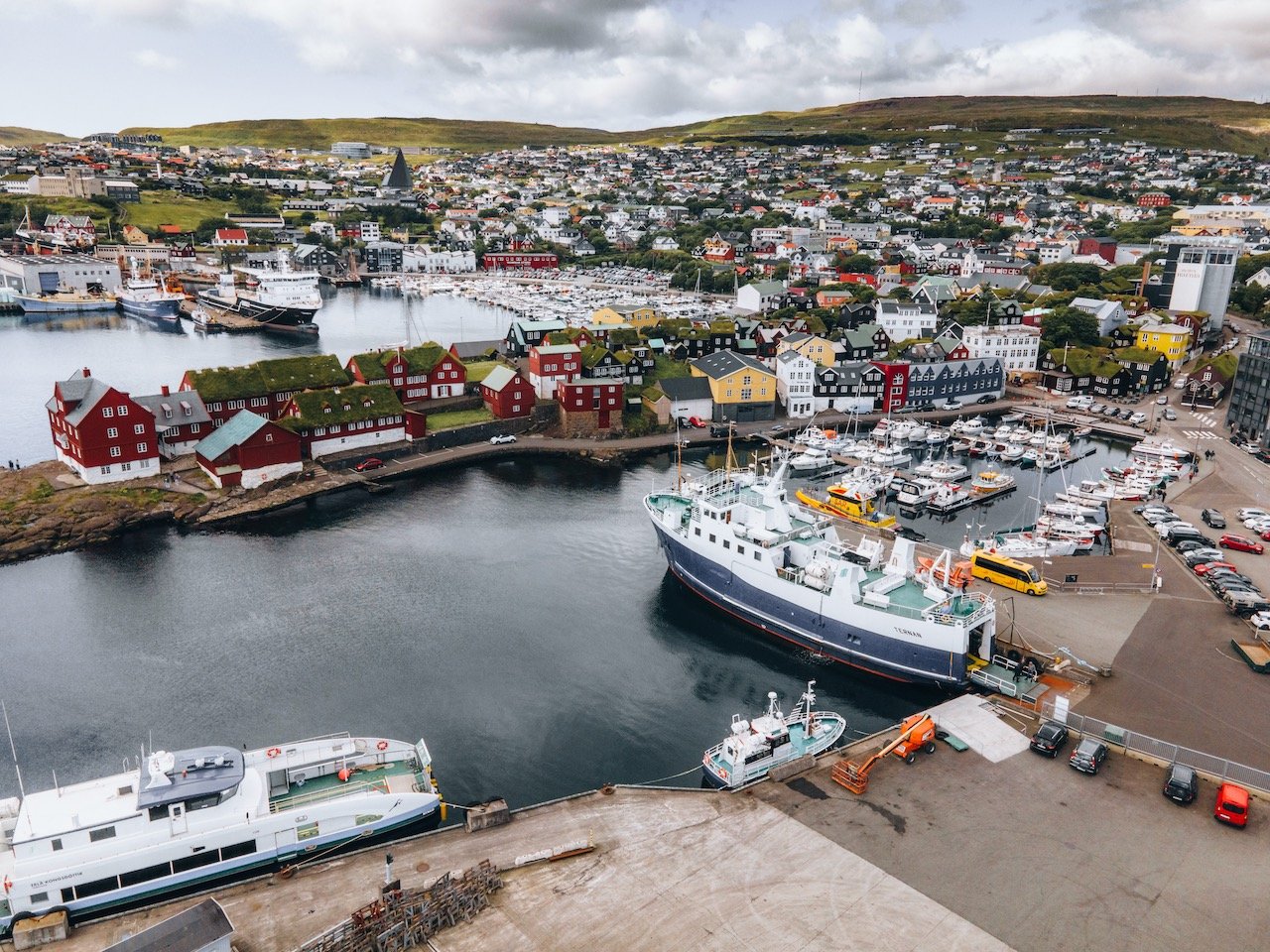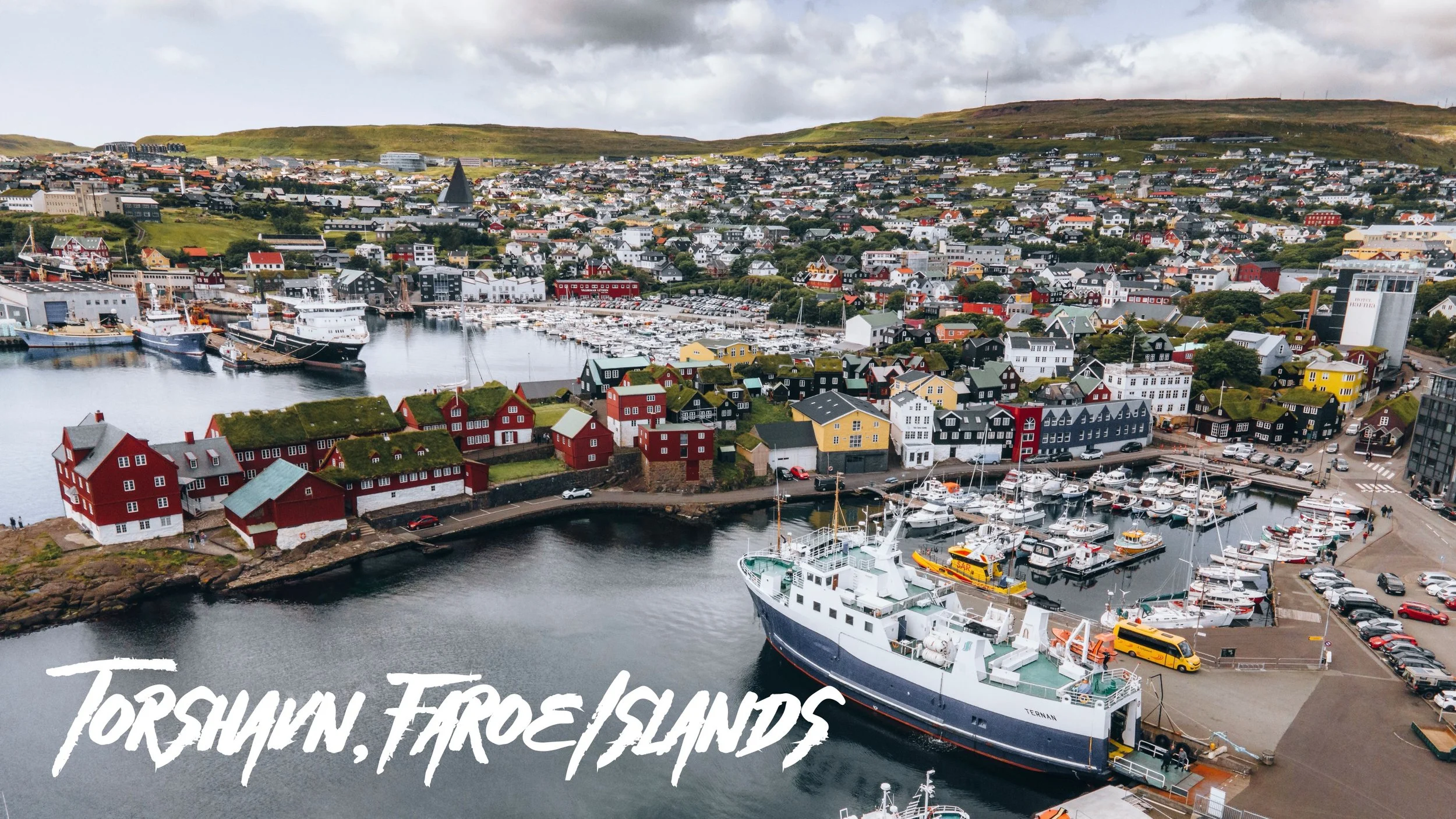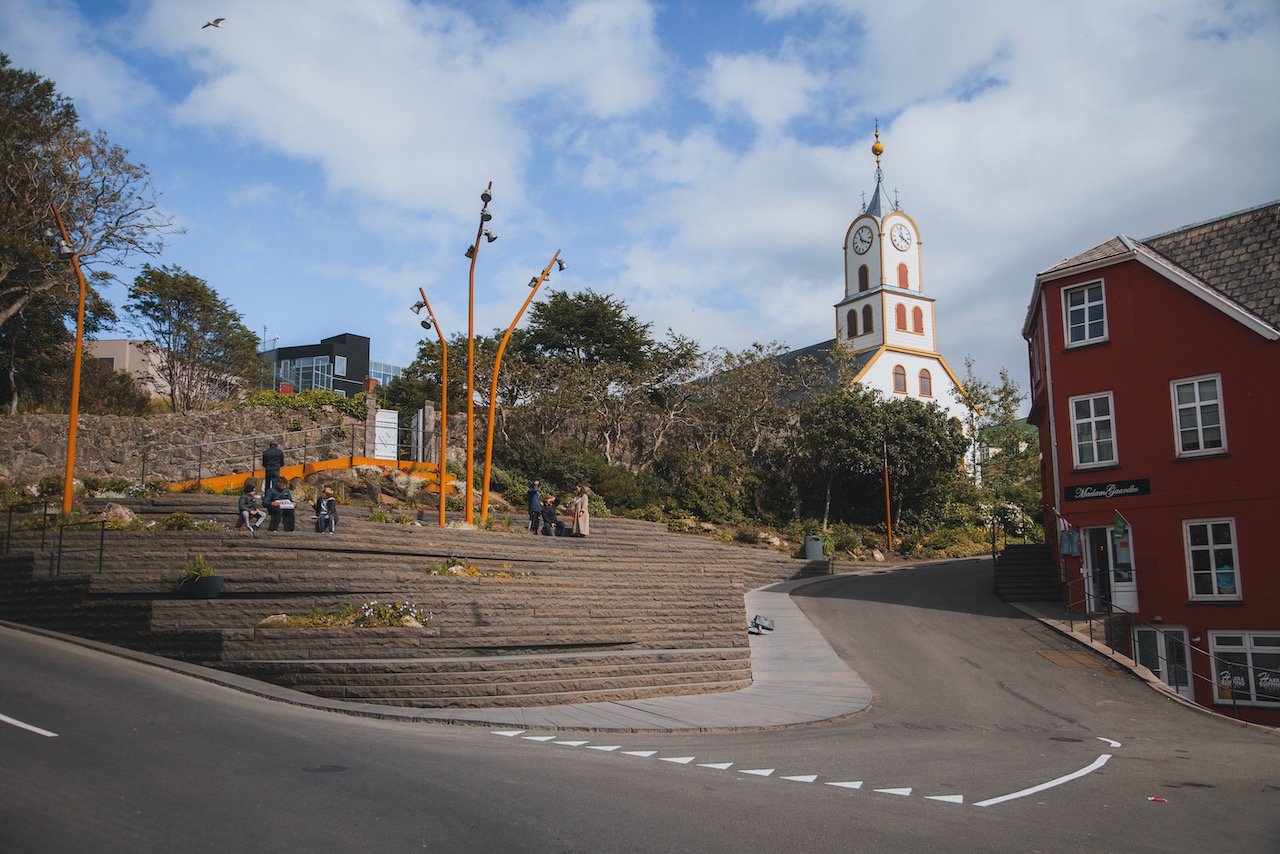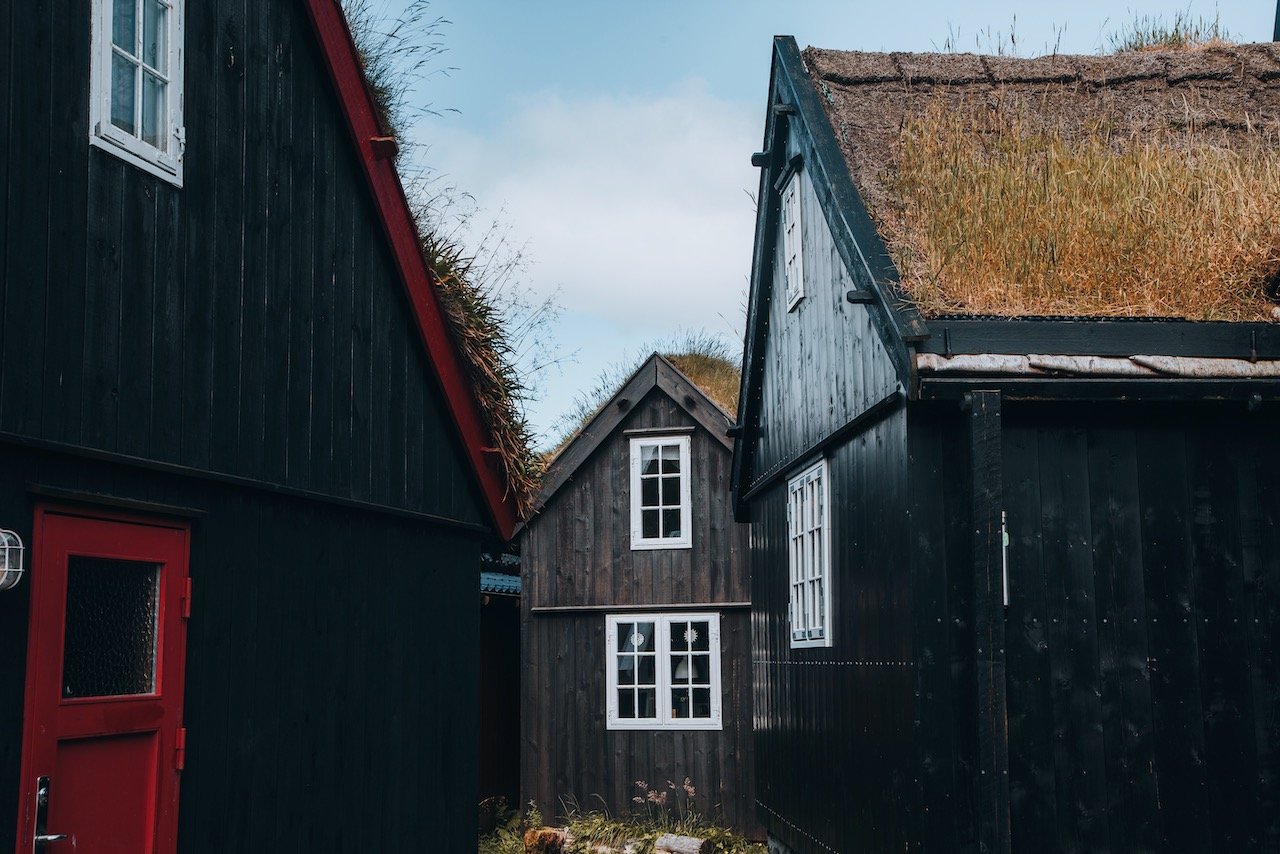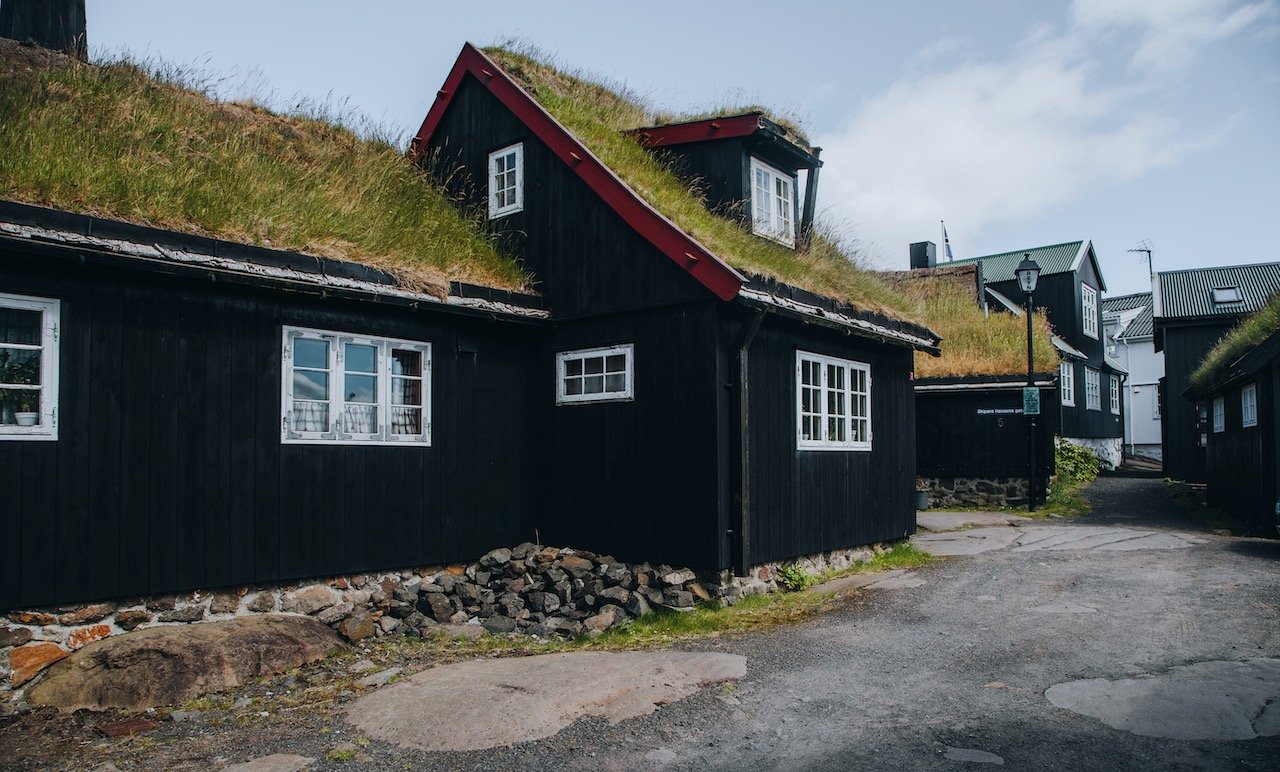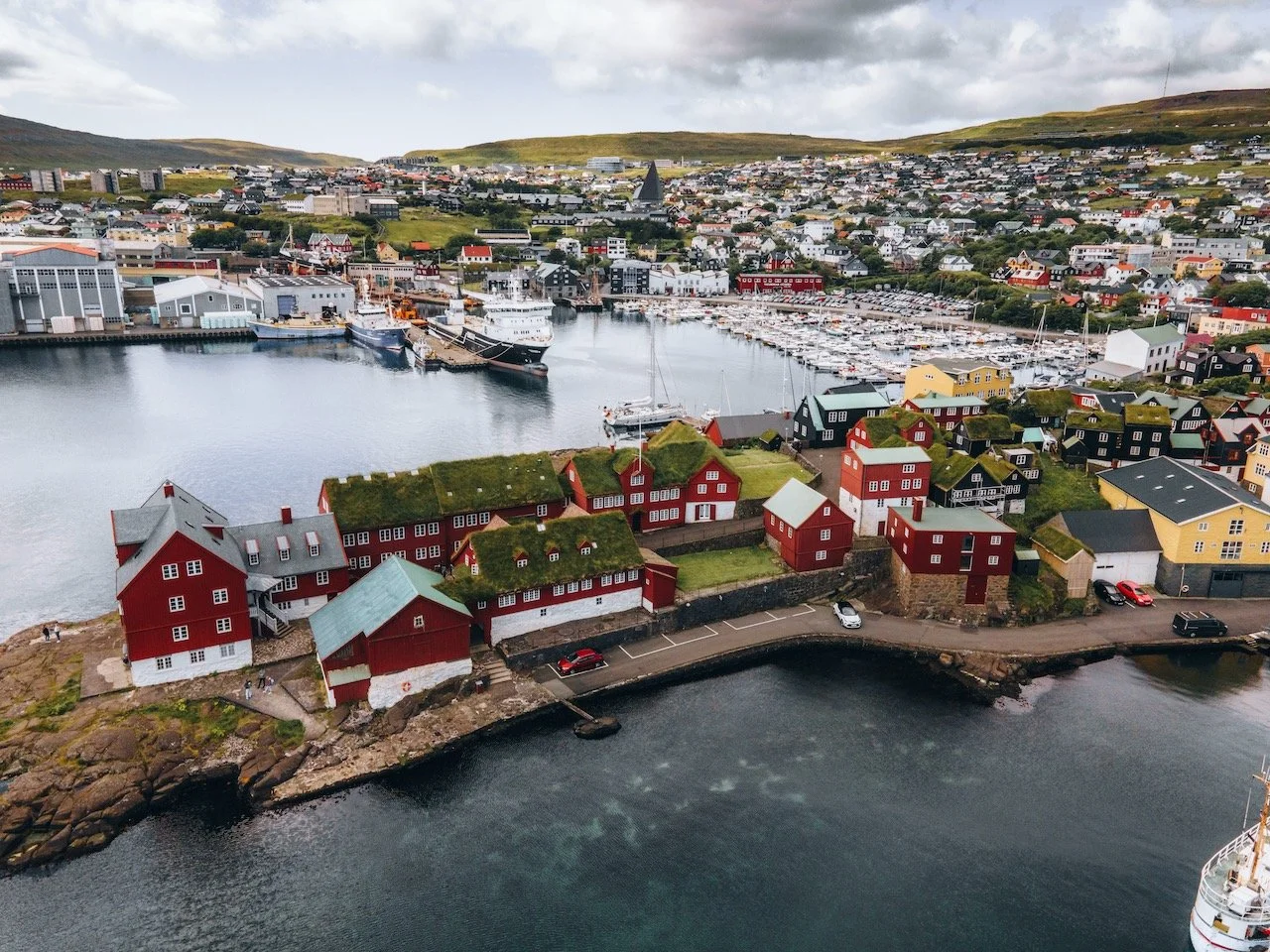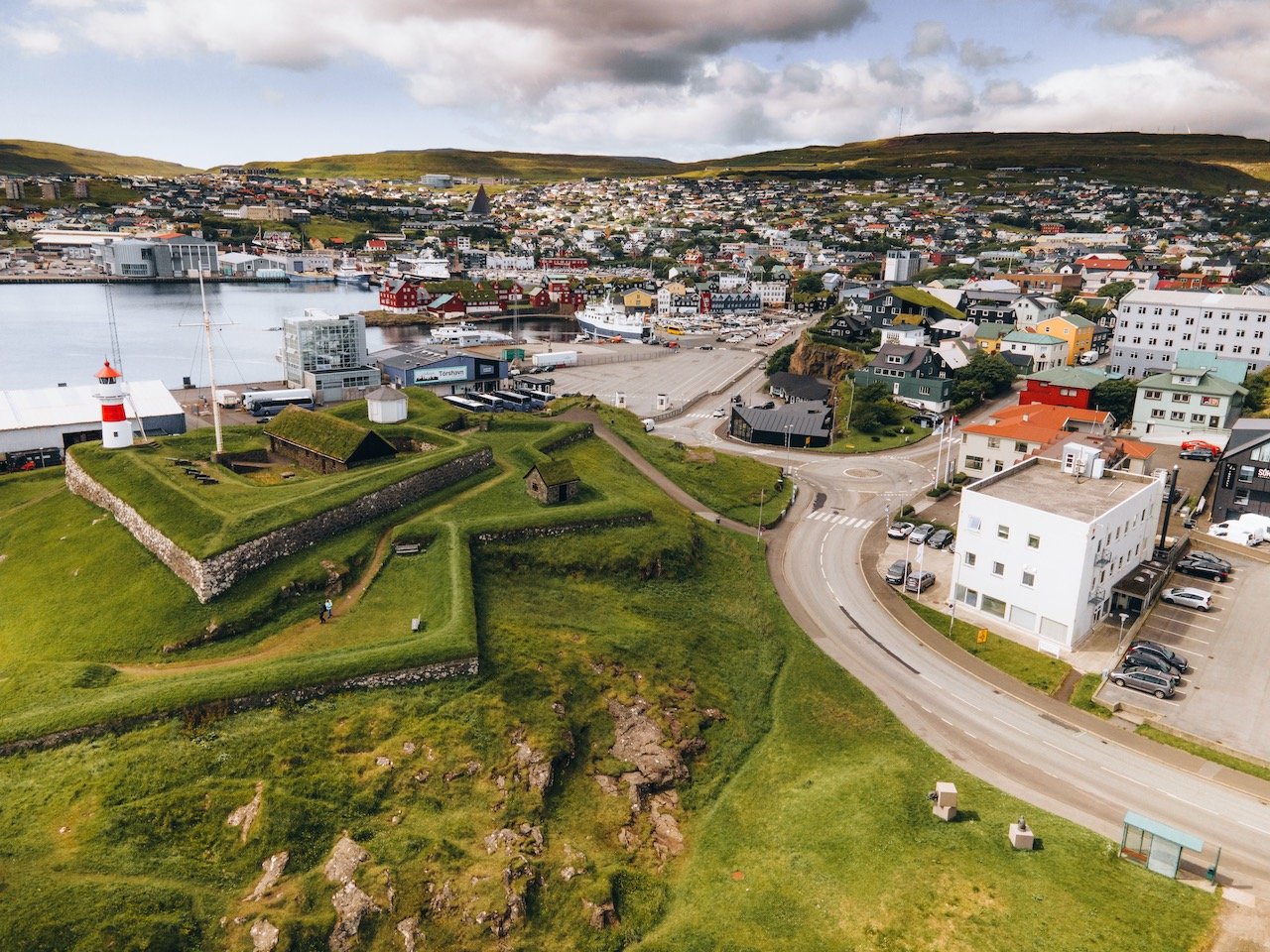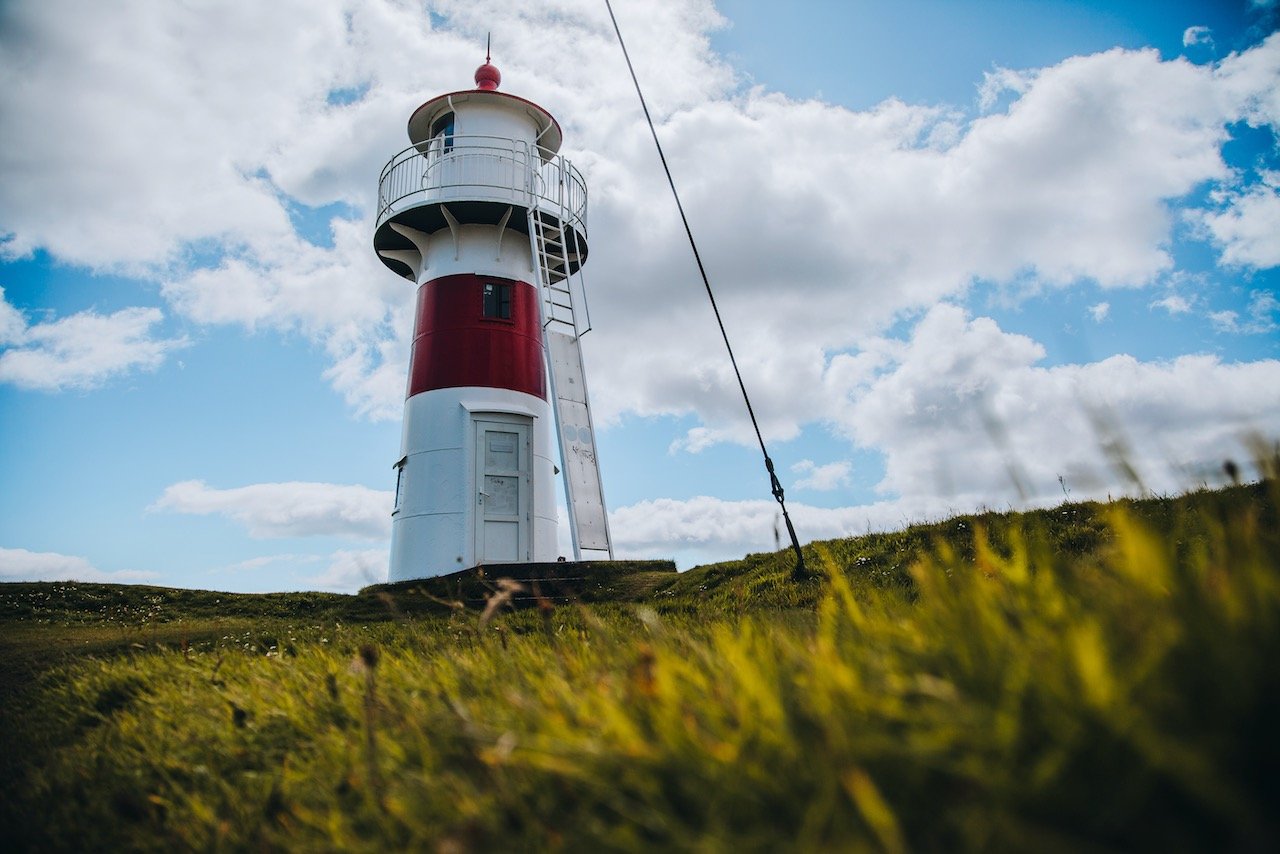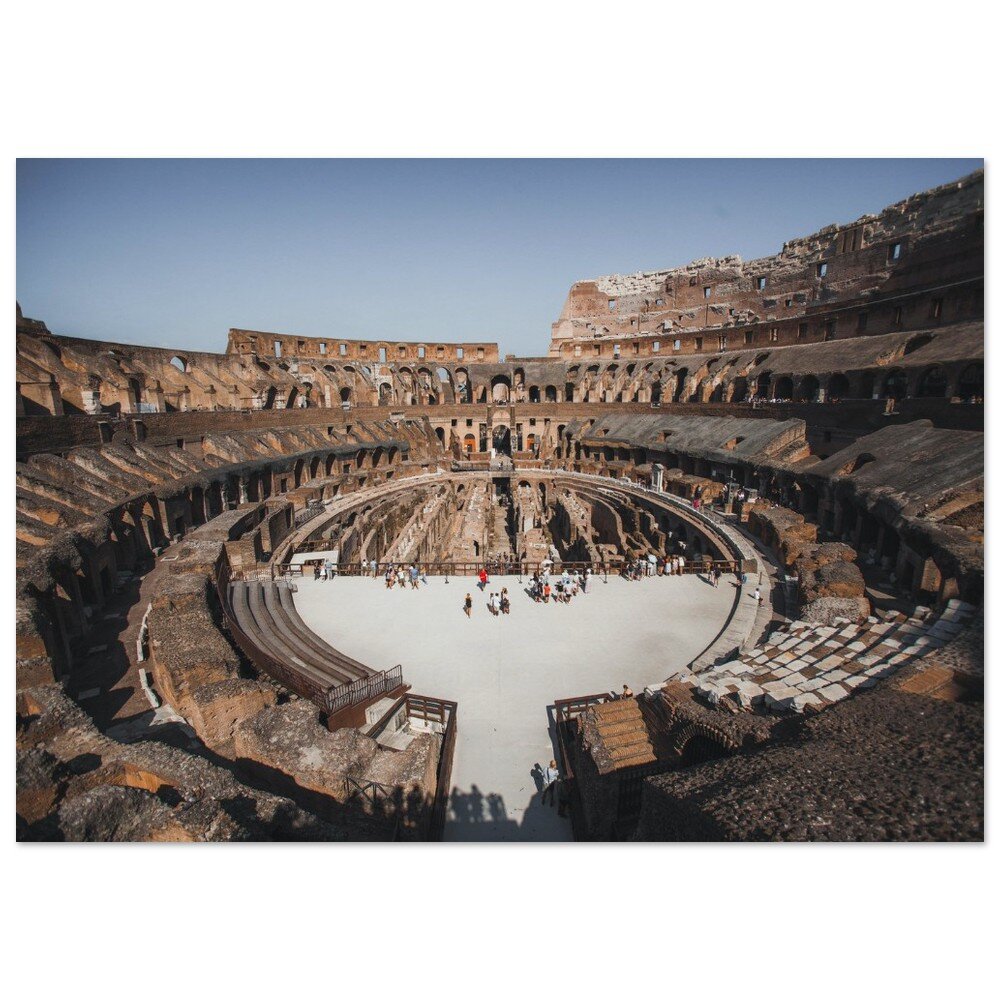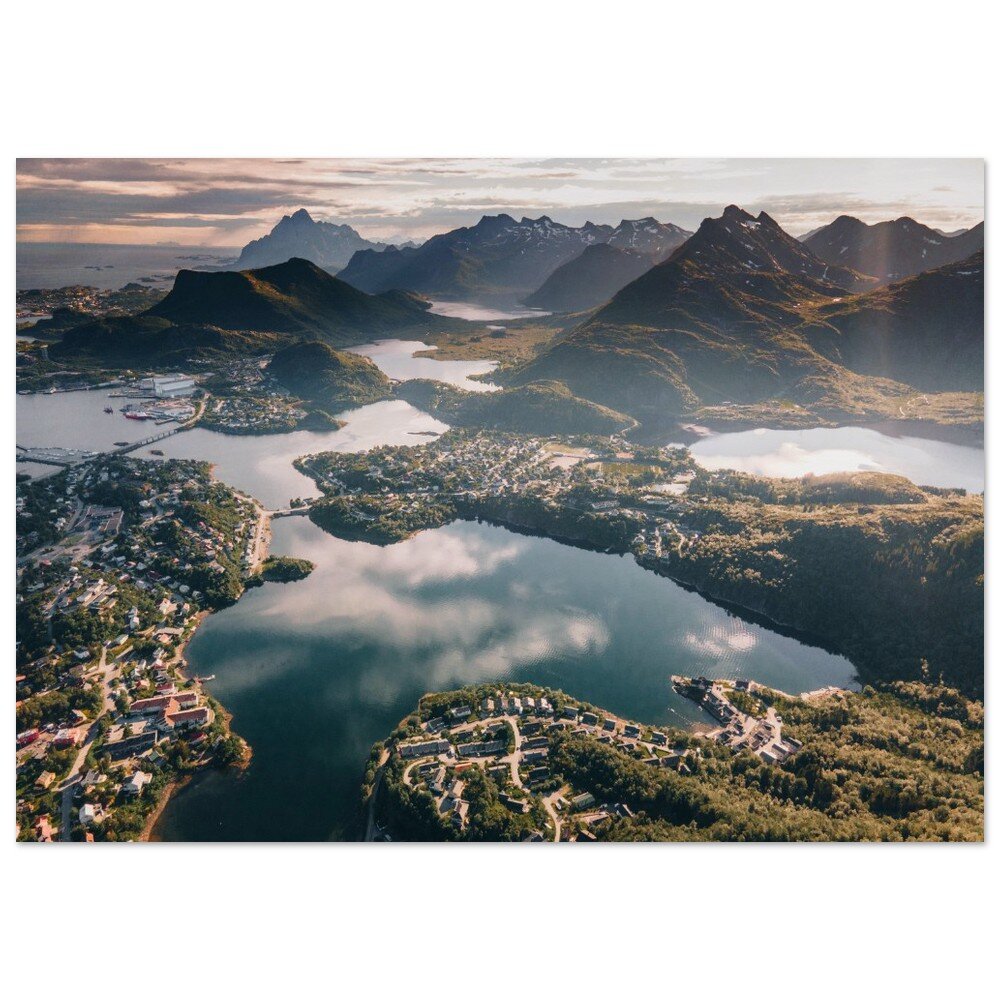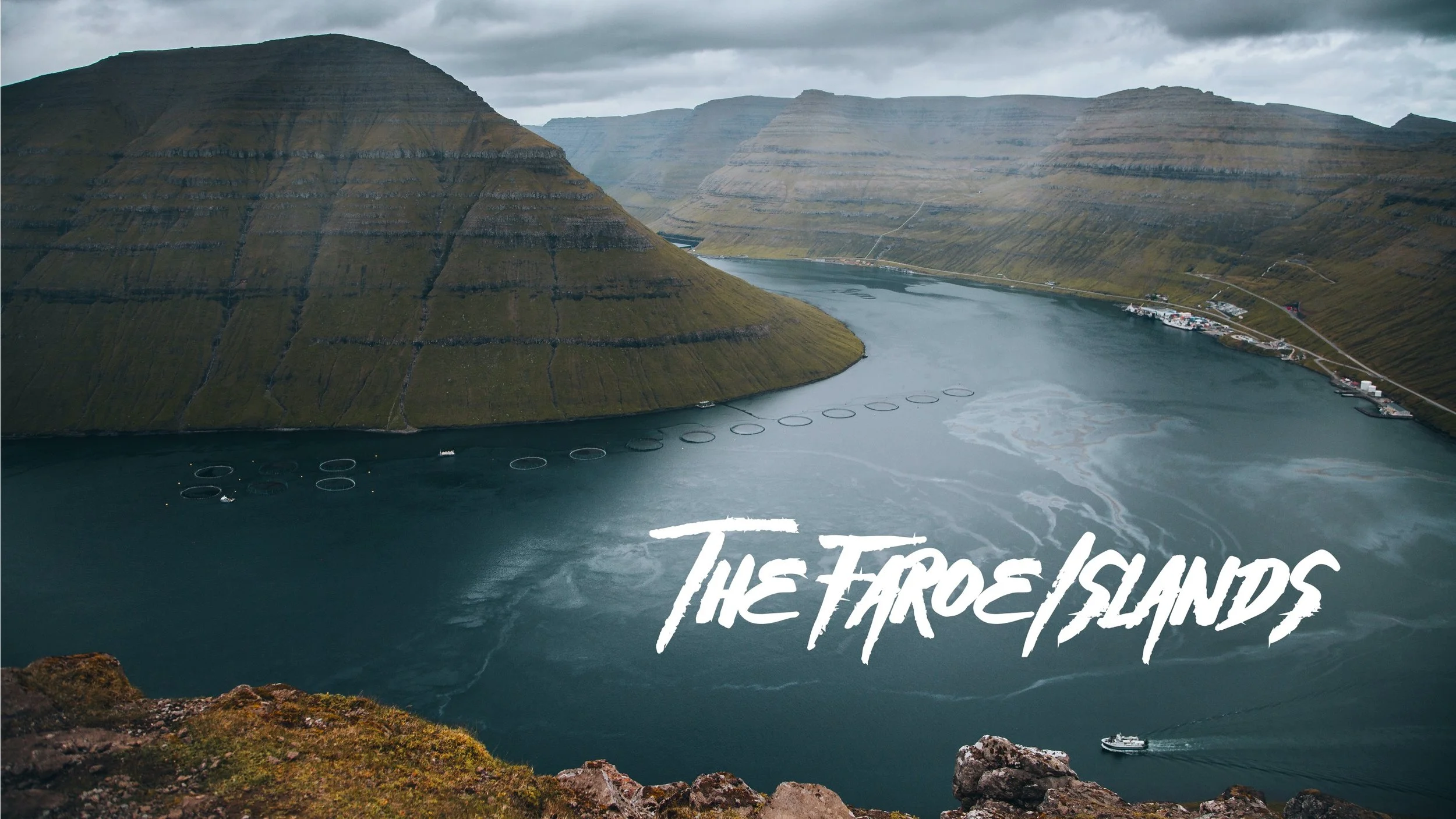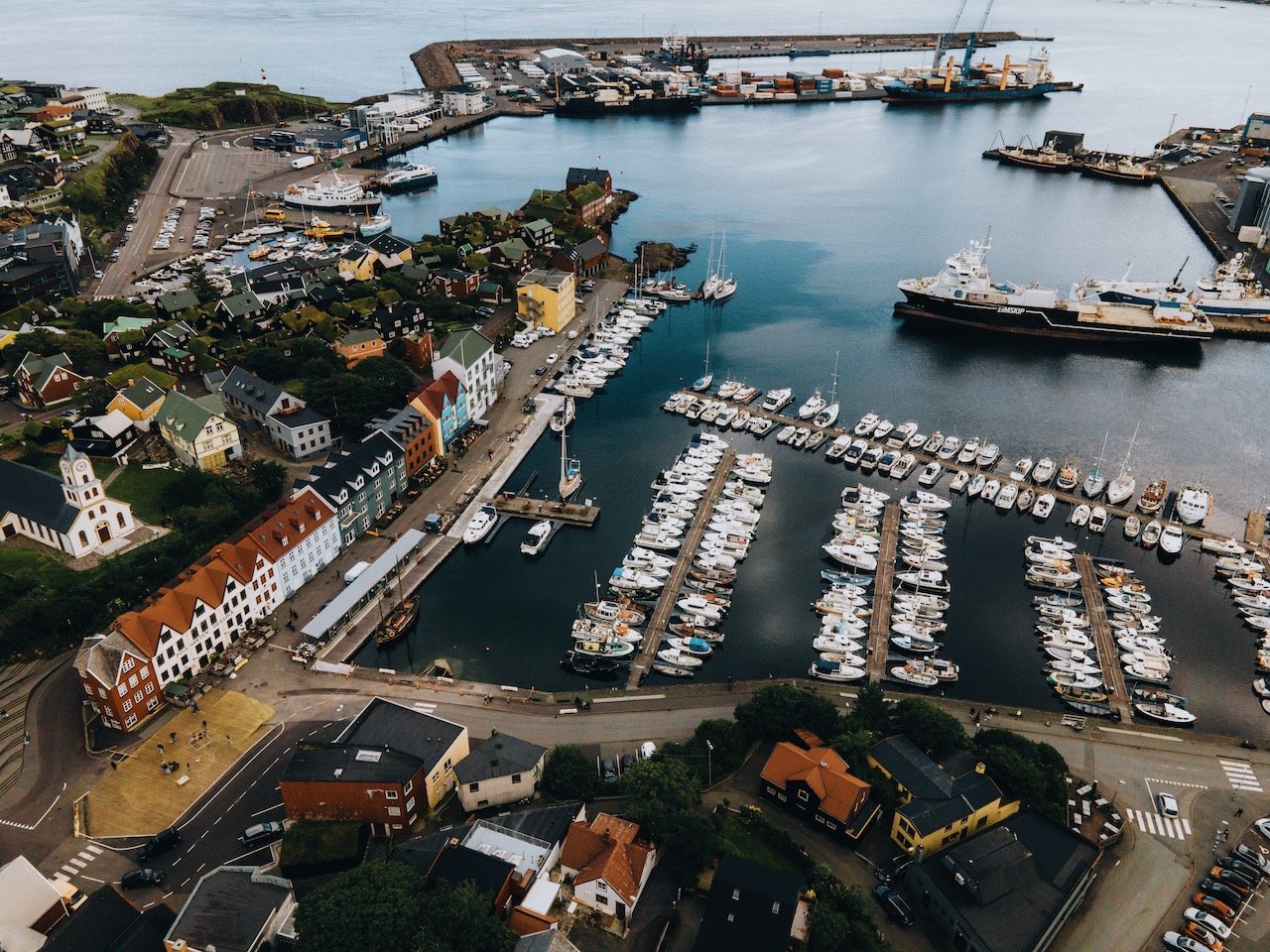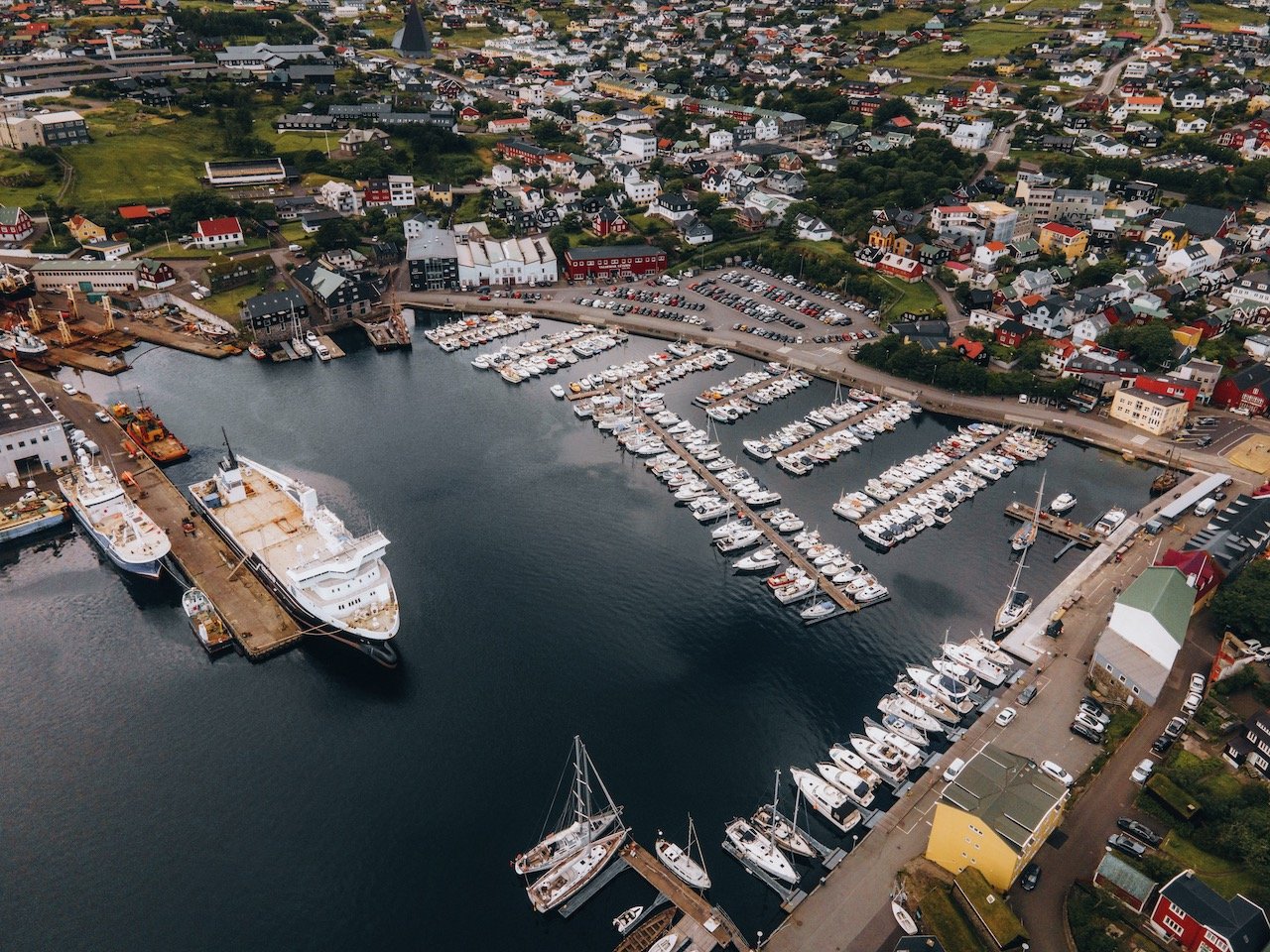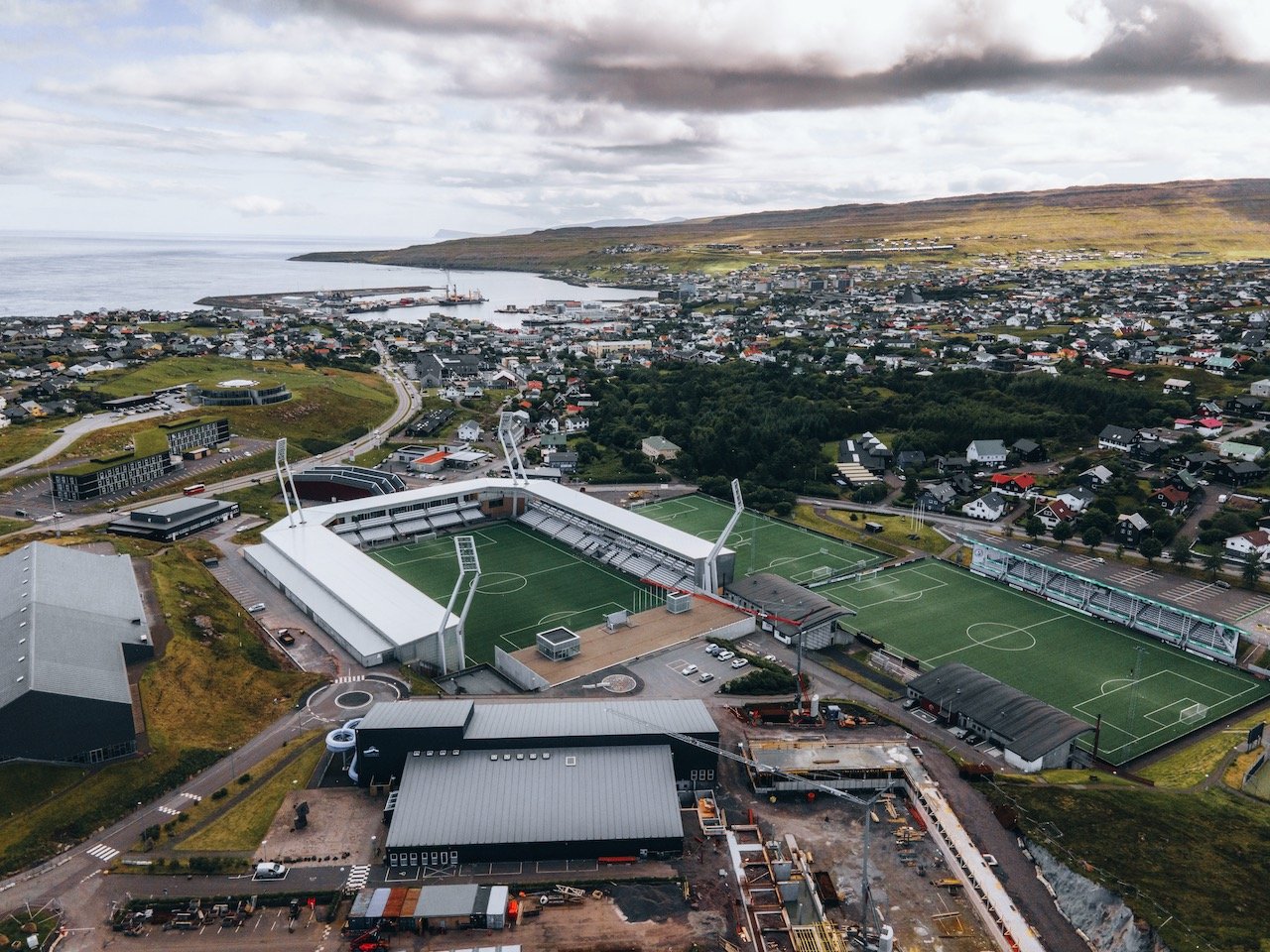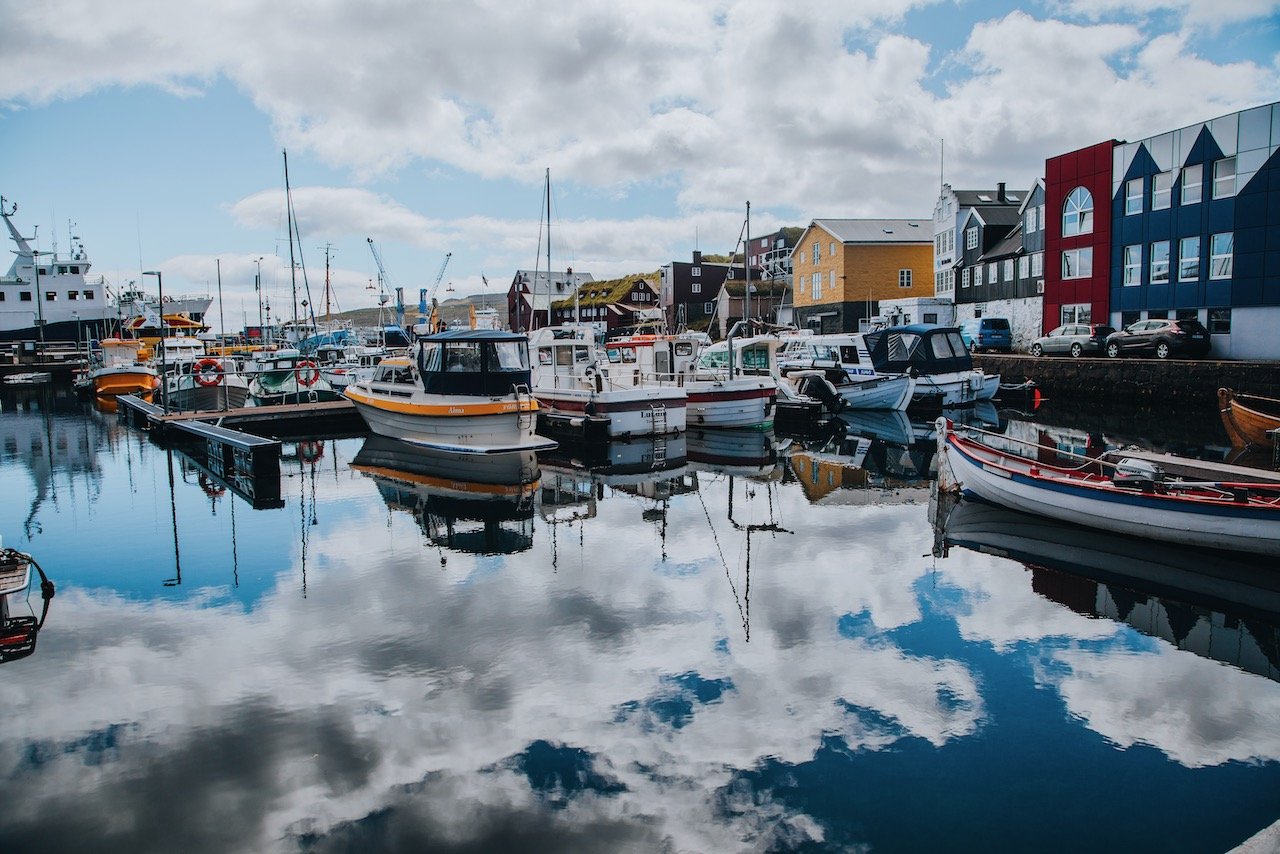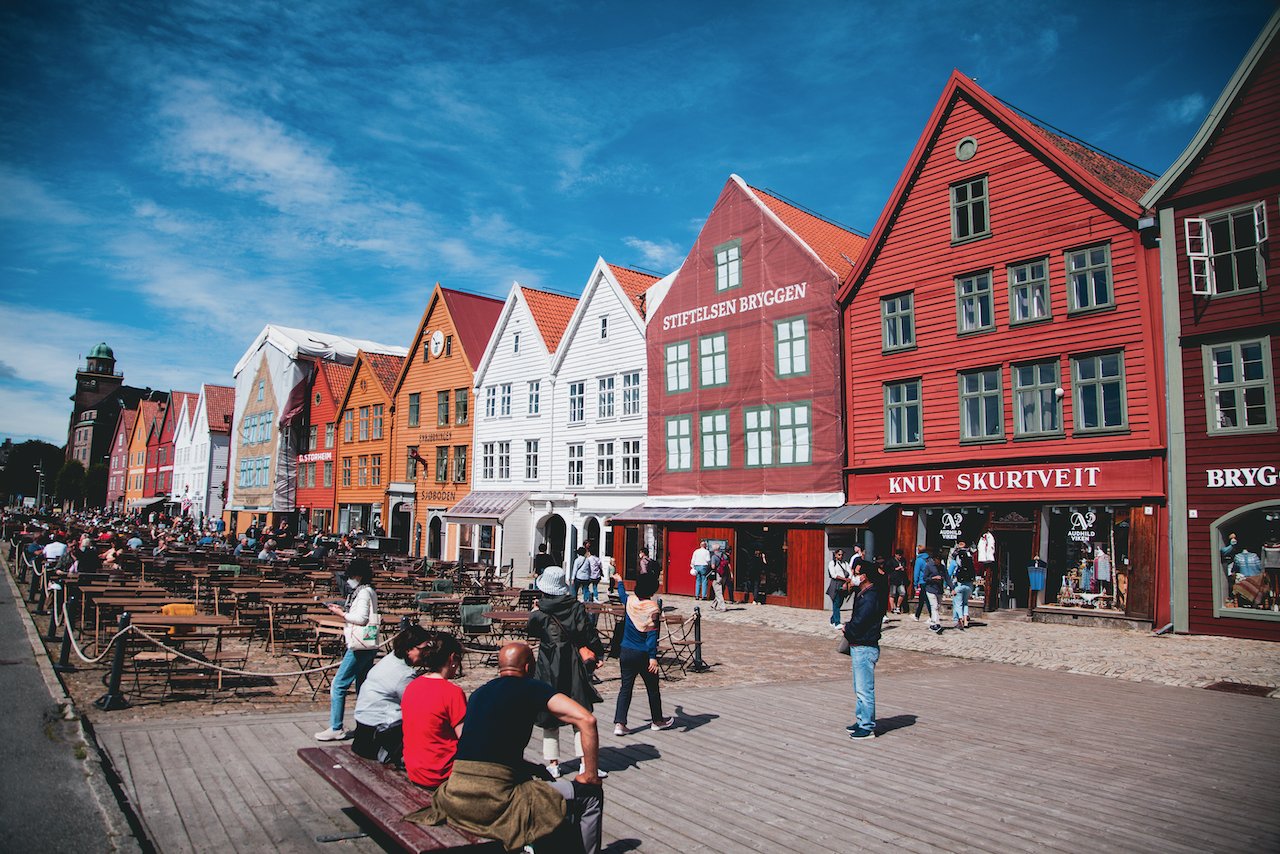A Journey to the Faroese Capital of Tórshavn
(Some links in this post are affiliate links. If you click through and take action, I'll be compensated.) If you are also interested in any PRINTS from any of my posts, be sure to check out my store where you can buy prints as posters, in metal/wooden frames or on canvas.
Tórshavn is the capital of the Faroe Islands and obviously, the country’s most populous city at 21,000. This is roughly 40% of the total Faroese population and is located on the island of Streymoy.
The Faroe Islands are part of Denmark but are self-governing. In Faroese, The Faroe islands are said as ‘Føroyar’, which is a combination of two Norse words ‘før’ and ‘oyar’ meaning ‘sheep’ and ‘islands’, respectively. So you can accurately say that the Faroe Islands literally means the Islands of Sheep. That is also a bit of an understatement since the population of Faroe is roughly 50,000 while the sheep population stands at 70,000.
My visit here was roughly 3 days into my Faroe Islands trip since I wanted to first see the hardest to reach parts of the country with the rental car that I had rented. Using public transport, Tórshavn is easily reached from all parts of Faroe using Bus 300 or 350 (depending on which direction you are heading/coming from).
Check out my drone video of Tórshavn, Faroe Islands below!
Furthermore, once you arrive in Tórshavn, you can rely on the local bus network to get through the town (though the town is easily walkable). This was done to encourage the population and tourists to use public transport instead of driving and adding congestion to the Faroese capital (Bus Schedule and Map here).
Also, if you’re in this part of the world, I highly suggest seeing other Nordic Capitals like:
Here in this post, I will go over some of the must see places in the Faroese capital city.
Trappan, presumably meaning ‘the stairs’ (I’m guessing since it looks a lot like the Swedish word for ‘the stairs’), is situated in the middle of town. It sits right next to the Tórshavn cathedral and seems to be where all the COOL kids hang out. Nonetheless, cool or not, it’s a great place to relax, unwind, have a picnic, or just chill out at while exploring the Faroese capital.
The Tórshavn Old Town (Á Reyni) has to be one of my favorite places in the whole city. There are about twenty turf houses here, with grass atop their roofs, painted black, and some with red and white trim. These small homes stand in excellent contrast with the more modern parts of the town that surround them. Be sure to take care when taking photos here and to respect the privacy of the local residents that still live in these homes.
Historic Tinganes is home to the Faroese government (Føroya Landssýri). Situated between two harbors, this collection of buildings also possess turfed roofs and form one of the oldest parliamentary sites in the world, dating back to the year 900. You would even expect for there to be some security in such a place of high importance but I found no such thing when I was walking around and exploring.
Skansin is a fort in Tórshavn dating back to 1580 when it was built to protect against pirates but Magnus Heinason. Over the years, it was fortified and used by the British during WWII. There still remains a few cannons on site that are from earlier periods. Even today, some of the fortress walls still remain and the overall topography of the site suggests it was used for defensive purposes.
The most recognizable part of Skansin has to be the Skansin Lighthouse. Views from here have you tower over the port of Tórshavn and out towards Nólsoy Island. Built in 1888, it still stands in pristine conditions atop Skansin fort and was one of my favorite spots in the city to take in the warm weather.
If you like some of my photos that you have come across, just know that I have many prints showcasing a variety of landscapes, including Faroe, available for purchase below! (Sold as Posters, Canvas, or in Metal-Frames and Wooden-Frames).
